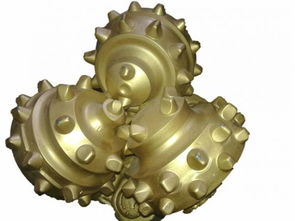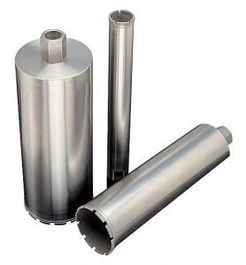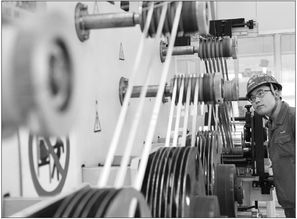
Understanding the Drill Bit for Stainless Steel: A Comprehensive Guide
When it comes to drilling into stainless steel, the choice of drill bit is crucial. This material is known for its hardness and resistance to corrosion, making it a challenge for many DIYers and professionals alike. In this article, we will delve into the various aspects of drill bits designed specifically for stainless steel, helping you make an informed decision for your next project.
Types of Drill Bits for Stainless Steel

There are several types of drill bits available for stainless steel, each designed to tackle different challenges. Let’s take a closer look at the most common ones:
| Drill Bit Type | Description |
|---|---|
| High-Speed Steel (HSS) Drill Bits | These bits are made of high-speed steel, which is a versatile material that can handle a wide range of materials, including stainless steel. They are suitable for general drilling applications. |
| Black Oxide Drill Bits | Black oxide bits are coated with a layer of black oxide, which helps reduce friction and heat during drilling. This coating also improves the bit’s durability and extends its lifespan. |
| Carbide-Tipped Drill Bits | Carbide-tipped bits are ideal for drilling into stainless steel due to their hardness and durability. They are more expensive than other types of bits but offer superior performance and longevity. |
| Coated Drill Bits | Coated drill bits have a layer of coating, such as titanium nitride or tungsten carbide, which reduces friction and heat, resulting in smoother drilling and longer bit life. |
Choosing the Right Drill Bit for Stainless Steel

Selecting the right drill bit for stainless steel depends on various factors, including the type of stainless steel, the drill bit material, and the desired drilling speed. Here are some tips to help you make the right choice:
- Type of Stainless Steel: Different grades of stainless steel have varying levels of hardness and resistance to corrosion. For example, 304 stainless steel is softer than 316 stainless steel. Choose a drill bit that is suitable for the specific grade of stainless steel you are working with.
- Drill Bit Material: As mentioned earlier, high-speed steel, black oxide, carbide-tipped, and coated drill bits are all suitable for drilling stainless steel. Consider the cost, performance, and longevity of each option before making a decision.
- Drilling Speed: The recommended drilling speed for stainless steel is typically between 200 and 300 RPM. Adjust the speed according to the drill bit material and the type of drill you are using.
Drilling Techniques for Stainless Steel

Drilling into stainless steel requires a different approach compared to drilling into softer materials. Here are some tips to help you achieve successful drilling:
- Use a Pilot Hole: Start by drilling a small pilot hole to guide the drill bit and prevent it from wandering. This will also help reduce the risk of the bit breaking.
- Apply Light Pressure: When drilling into stainless steel, apply light pressure to the drill bit. Excessive pressure can cause the bit to overheat and break.
- Use Cutting Fluid: Cutting fluid, also known as drilling oil, can help reduce friction and heat during drilling. This will result in smoother drilling and longer bit life.
- Keep the Drill Bit Sharp: Regularly inspect and sharpen your drill bits to ensure optimal performance. A dull bit will struggle to cut through stainless steel and may break more easily.
Conclusion
Drilling into stainless steel can be challenging, but with the right drill bit and techniques, you can achieve successful results. By understanding the different types of drill bits, choosing the appropriate bit for your project, and following proper drilling techniques, you can tackle even the most demanding stainless steel drilling tasks with confidence.







